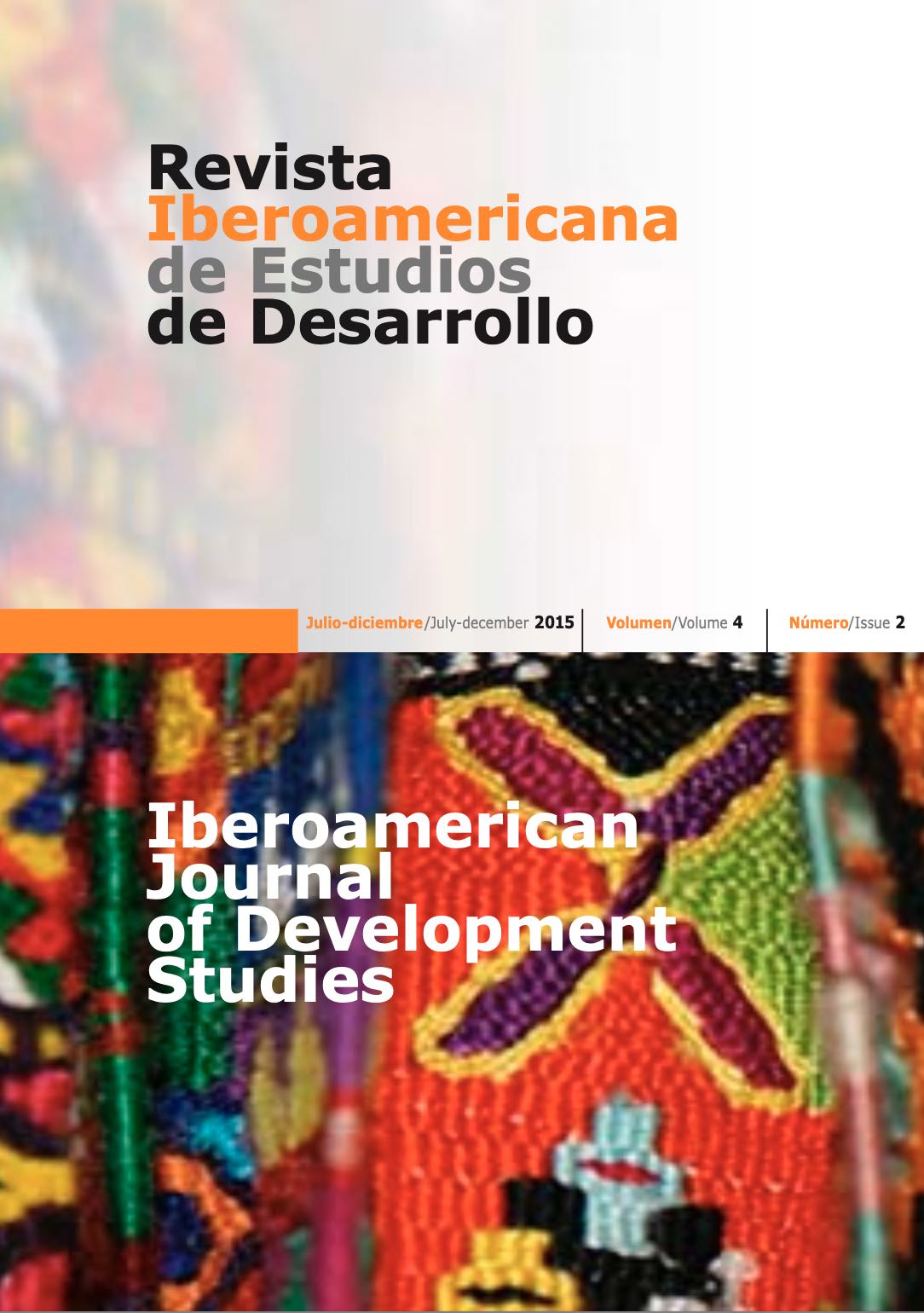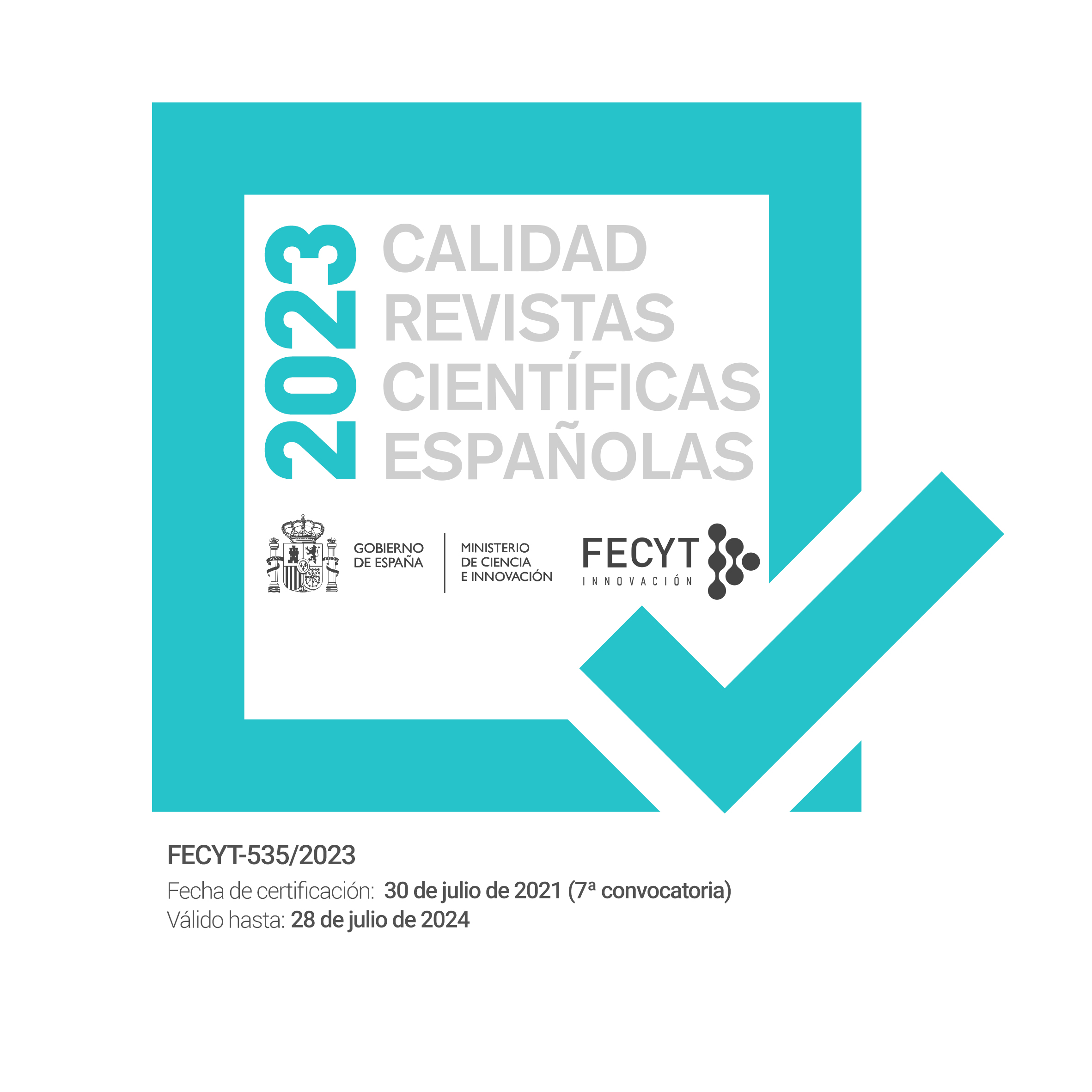Philanthrocapitalism and Development: a case study on the fight against poliomyelitis
DOI:
https://doi.org/10.26754/ojs_ried/ijds.162Keywords:
Philanthropy, Philanthrocapitalism, International Development Cooperation, Public-Private Partnerships for Development (PPPD)Abstract
he philanthropic activities of major foundations have made a significant importance in recent decades in International Development Cooperation. In a global economic perspective, philanthropic foundations work in areas that formerly belonged to the State. This loss of social policies by the State and the pursuit of a global strategy for development have promoted the growth of these organizations. Public-Private Partnerships for Development are, in most cases, the innovative way they choose for their funding, using the distribution of risks and benefits. We are witness of a form of philanthropy in which philanthropists are motivated not only a desire altruistic, but is seeking projects that are beneficial.
Downloads
References
ANDREWS, F. E. (1951): Philanthropic giving. Russell Sage Foundation, New York, NY.
BARNES, S. (2004): “Global flows: Terror, Oil and Strategic Philanthropy”, African Studies Review, Vol. 48, No 1 (April, 2005), pp. 1-23.
BISHOP, M. Y GREEN, M. (2010): Philanthro-Capitalism: How the Rich Can Save the World, London, Bloomsbury Press
BRUGHA, R. (2008): “Global health initiatives and public health policy”, International Encyclopedia of Public Health, Keggenhougen, K. y Quah, S. (eds.), San Diego, CA, Academic Press, pp. 72-81.
CABELLO C, F. (2010). “Los roles del ambiente, de la higiene, de la epidemiología y de las vacunas en el desafío de las enfermedades infecciosas”. Revista chilena de infectología, 27(6), 565-569.
CHAMBERLIN S. L. Y NARINS B. (eds.) (2005): The Gale Encyclopedia of Neurological Disorders. Detroit: Thomson Gale.
COMITÉ DE AYUDA AL DESARROLLO (2003): Fundaciones Filantrópicas y Cooperación al Desarrollo. Extracto del Diario del CAD de 2003, Vol. 4, nº 3, OCDE, 2004.
ECONOMIST INTELLIGENCE UNIT (2011): Democracy Index 2010. Democracy in retreat. The Economist, 2011 http://graphics.eiu.com/PDF/Democracy_Index_2010_web.pdf, acceso: julio 2013.
EDWARDS, M. (2010): Small Change: Why Business Won’t Save the World, San Francisco, CA: Berrett-Koehler.
FETTERMAN, D. (2001): Foundations of Empowerment Evaluation. Sage. Thousand Oaks.
GARCÍA DE LOS SALMONES, M., RODRÍGUEZ DEL BOSQUE, I. Y SAN MARTÍN, H. (2007): “The corporate responsability as a marketing tool: influence on consumer behaviour im service sector”. http://www.escp-eap.net/conferences/marketing/2008_cp/Materiali/Paper/Fr/GarciadelosSalmones_Perez_RodriguezdelBosque_SanMartin.pdf , acceso: febrero 2015.
GEISSE, G. (2001), “Eje Filantropía – Responsabilidad Social – Imagen Pública”, Ambiente y Desarrollo, vol. XVII, No 1, Santiago de Chile, CIPMA: 78-81.
GINER, S. Y SARASA, S. (1996): “Civic Altruism and Social Policy”, International Sociology, vol. 11, No 2, Madrid, ISA: 139-159.
GLOBAL FUND (2007): Partners in Impact: Results Report, Geneva: The global Fund to Fight AIDS, Tuberculosis and Malaria.
GLOBAL FUND (2010): “Pledges and contributions” http://www.theglobalfund.org/en/pledges/. Acceso: enero 2013
GÓMEZ, E. Y ATUN, R. (2012):”The effects of Global Fund financing on health governance in Brazil”, Globalization and Health,8,25. http://www.globalizationandhealth.com/content/8/1/25.Acc: marzo 2014
HOURS, B. (2013): “El acordeón de la filantropía global”, Le Monde diplomatique en español, año XVII, No 211, mayo 2013: 29.
IRARRÁZAVAL, I. Y GUZMÁN, J. (2000): “Incentivos Tributarios para Instituciones sin Fines de Lucro: Análisis de la Experiencia Internacional”, Estudios Públicos, No 77, verano 2000, Santiago de Chile, Centro de Estudios Públicos: 203-272.
KING, S (2013): “Philantrocapitalism and the Healthification of Everything”, International Political Sociology, vol. 7, Issue 1, March 2013, International Studies Association: 96-98.
http://mpra.ub.uni-muenchen.de/6928/. Acceso: agosto 2013.
LARRÚ, J. M. (2007): “La evaluación de impacto: qué es, cómo se mide y qué está aportando en la cooperación al desarrollo”. MPRA Paper No. 6928, posted 5. February 2008 09:02 UTC
Disponible en (agosto 2013):
http://mpra.ub.uni-muenchen.de/6928/.
LOHMANN, R. A. (2007): “Charity, philanthropy, public service, or enterprise: what are the big questions of nonprofit management today?”. Public Administration Review, 67(3): 437-444.
LUHMANN, N (1991): Sociología del riesgo, México DF, Universidad Iberoamericana, 2007.
MACHADO PINHEIRO, F. Y GIL URETA, M. (2010): “Donación empresarial: de la filantropía a la inversión social”, Perspectivas Centro de Estudios de Emprendimientos Solidarios, No 9, marzo de 2010, Pontificia Universidad Católica de Chile: 3-26.
MATAIX, C., SÁNCHEZ, E., HUERTA, Mª A. Y LUMBRERAS, J. (2008): Cooperación para el desarrollo y Alianzas Público-Privadas. Experiencias internacionales y recomendaciones para el caso español, Documento de trabajo nº 20, Madrid, Fundación Carolina.
MATAIX, C., SÁNCHEZ, E. Y HUERTA, Mª A. (2009): “El potencial de las alianzas publico-privadas”, Financiación del desarrollo. Viejos recursos, nuevas propuestas, José Antonio Alonso (dir.), Madrid, Fundación Carolina y Siglo XXI: 293-333.
MAUSS, M (1950): Sociología y antropología, Madrid, Tecnos, 1979.
MAVROTAS, G. (2005): “The International Finance Facility Proposal”, New Sources of Development Finance, Atkinson, A. B. (ed.), Oxford, UNU-WIDER in Development Economics: 110-131.
MICKLEWRIGHT, J Y WRIGHT, A. (2005): “Private Donations for International Developoment”, New Sources of Development Finance, Atkinson, A. B. (ed.), Oxford, UNU-WIDER: 132-155.
MORANDÉ, P. (2006): “Bases conceptuales para el estudio de la responsabilidad social de la empresa”, ABANTE, Vol. 8, No 2: 3-36.
MORALES, J. R. (2012): “¿Qué hay detrás de la Maldición de los Recursos Naturales? Estudio de caso: Países Bajos”. Documentos de Trabajo del IUDC-UCM,2012. http://pendientedemigracion.ucm.es/info /IUDC/img/articulos/Jose_Morales_final.pdf. Acceso: junio 2013
MORVARIDI, B. (2013): “The Politics of Philantropic and Welfare Governance: The Case of Turkey”, European Journal of Development Research, vol. 25, 2, European Association of Development Research and Training Institutes: 305-321.
PATEL, L (2003): “Perspectivas Teóricas Sobre la Economía Política del Servicio Cívico”, Servicio Cívico y Voluntariado, Clayss. http://www.service-enquiry.org.za/downloads/spanish_chapter7.pdf. Acceso: julio 2013
PORTER, M. Y KRAMER M. (2006): “Estrategia y sociedad”, Harvard Bussines Review,V.84, No12:42-56.
QUANDT, R. (2002): The changing landscape in Eastern Europe: A personal perspective on philanthropy and technology transfer, Oxford University Press.
REICH, M. (2002): “Introduction: Public-private partnerships for public health”, Reich, M (ed.), Public-private partnerships for public health, Harvard Center for Population and Development Studies: 1-19.
REYNAL-QUEROL, M., MONTALVO, J.G. Y DJANKOV, S (2008): “The Curse of Aid”, Journal of Economic Growth, vol. 13, 3: 1835-1865.
RYAN K. J. Y RAY C. G. (2004): Sherris Medical Microbiology. McGraw Hill.
SAIIA, D. H., CARROLL, A. B., & BUCHHOLTZ, A. K. (2003). “Philanthropy as strategy when corporate charity “begins at home””. Business & Society, 42(2), 169-201.
SANDULLI, F. D. (2008): “Estrategias de Filantropía Corporativa Global: el caso de las empresas españolas en Latinoamérica”. Globalización, Competitividad y Gobernabilidad, 2(1), 4: 99-111.
SARASA URDIOLA, S. (1998B): “Filantropía”, Diccionario de Sociología, Giner, S., Lamo de Espinosa, E. y Torres, C. (eds.), Madrid, Alianza: 305-306.
SARASA URDIOLA, S. (1998A): “Altruismo”, Diccionario de Sociología, Giner, S., Lamo de Espinosa, E. y Torres, C. (eds.), Madrid, Alianza: 19-20.
SEPÚLVEDA, C. (2001): “Las motivaciones detrás de la filantropía ambiental”, Ambiente y Desarrollo, vol. XVII, No 1, Santiago de Chile, CIPMA: 86-89.
SPICER, N Y AISLING, W (2011): “10 best resources on… the current effects of global health initiatives on country health systems”, Health Policy and Planning, Oxford University Press: 1-5
STUCKLER, D., SANJAY, B. Y MARTIN, M. (2011): “Global Health Philanthropy and Institutional Relationships: How Should Conflicts of Interest Be Addressed?”, PLoS Medicine 8 (4): e1001020.
SY, M. Y HATHIE, I (2009): “Institutional forms of Philanthropy in West Africa”, The State of Philanthropy in Africa, Senegal, Dakar, Trust Africa.
UNITED NATIONS (2005), Investing in Development: A Practical Plan to Achieve the Millennium Development Goals, New York.
VAN DER PLOEG, F (2011): “Natural Resources: Curse or Blessing?”, Journal of Economic Literature, vol. 49, No 2: 366-420.
VEBLEN, T. (1899): Teoría de la clase ociosa, Madrid, Alianza, 2004.
WORLD HEALTH ORGANIZATION (2013A): Polio Eradication & Endgame strategic Plan,
WORLD HEALTH ORGANIZATION (2013B): Polio Eradication Iniciative. Financial Resource Requeriments.
ZADEK, S. (2001): The Civil Corporation, London, Earthsan, 2007.
ZIEGLER, J. (2002): Los nuevos amos del mundo, Barcelona, Destino.
ŽIŽEK, S (1998): “Multiculturalismo o la lógica del capitalismo multinacional”, Estudios culturales. Reflexiones sobre el multiculturalismo, Jameson, F y Žižek, S, Buenos Aires, Paidós: 137-188.
Downloads
Published
How to Cite
Issue
Section
License
Copyright (c) 2015 Juan José Mediavilla-Merino

This work is licensed under a Creative Commons Attribution-NonCommercial-NoDerivatives 4.0 International License.








